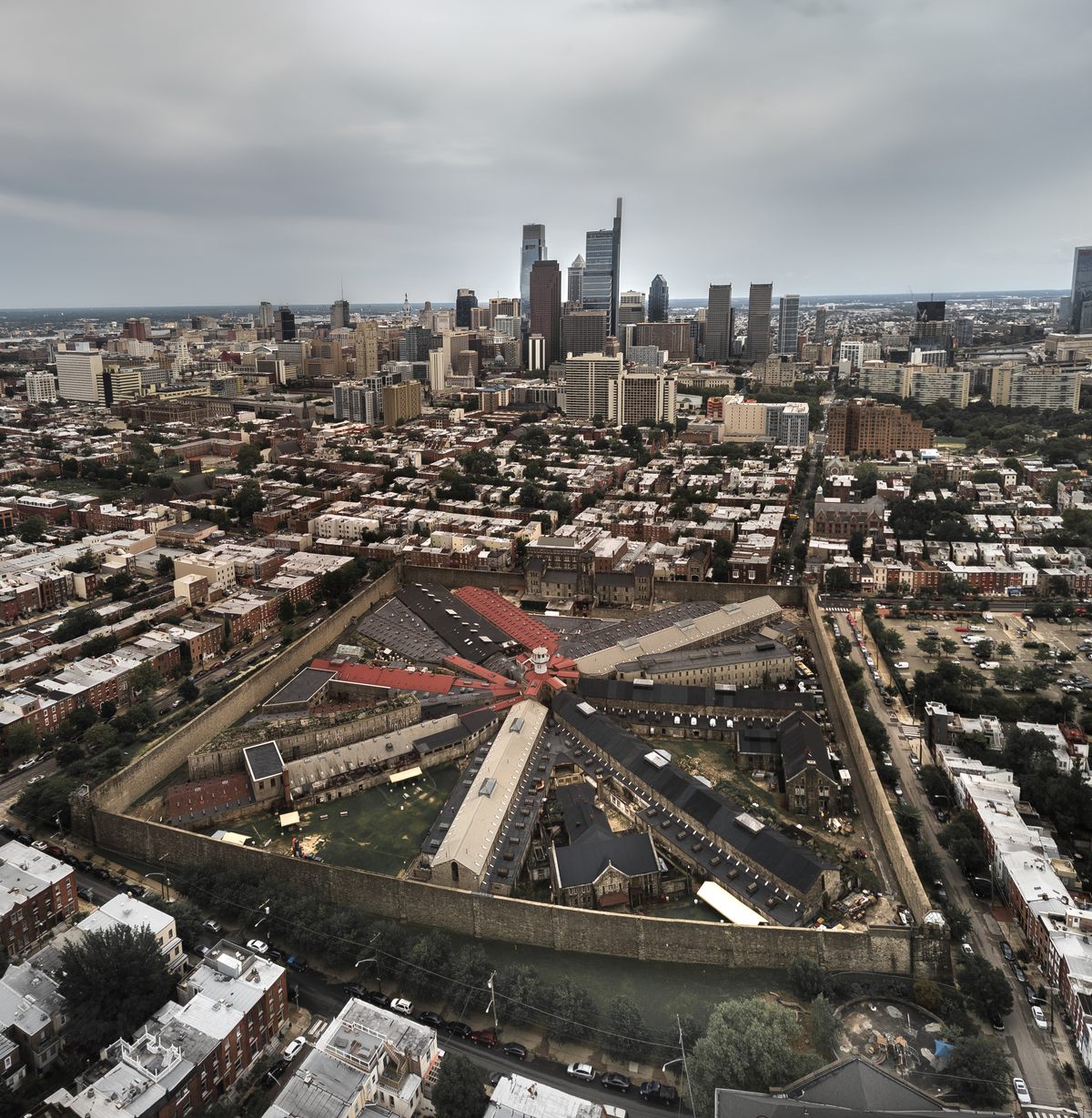In the heart of urban Philadelphia stands an imposing structure that looks like a grand castle. Its towering walls and eerie presence suggest a fortress built to keep out invaders, but the reality is quite the opposite. This castle-like building is actually the world’s first penitentiary, originally designed as a humane solution for criminal reform.
However, instead of rehabilitating prisoners, it drove many to madness. The very walls meant to symbolize a compassionate approach to incarceration became barriers that trapped minds and spirits, revealing the dark side of early prison reform.

Before Eastern State Penitentiary was built, prisons were chaotic places filled with corruption, disease, and violence. Inmates, often starved and exposed to brutal conditions, rarely survived long enough to be sentenced. But in 1829, the “Society for Alleviating the Miseries of Public Prisons” aimed to change this with a groundbreaking new facility where order and penitence could prevail.
Eastern State was envisioned as the world’s first true “penitentiary.” It was a technological marvel for its time, costing an astonishing $800,000, making it one of the era’s most expensive building projects. While President Andrew Jackson still used a chamber pot, prisoners at Eastern State had private toilets. Inmates enjoyed three hearty meals daily, including boneless beef, pork, or soup, and unlimited potatoes. Each prisoner had a private exercise area, and their cells featured skylights to let in the “divine wisdom” of God.

Despite its comforts compared to other prisons of the time, Eastern State was far from a paradise. The penitentiary’s isolated and highly regimented environment had profound psychological effects, often driving inmates to madness. What was intended to offer hope and reform instead became a stark reminder of the complexities and unintended consequences of early prison reform efforts.
Eastern State Penitentiary was known for its “separate system,” which enforced strict isolation among prisoners. They were forbidden from interacting with each other in any way—they ate alone, exercised alone, and read the Bible (the only permitted book) alone. Communication between prisoners and even with guards was strictly prohibited, emphasizing the extreme solitude imposed on its inhabitants.

When inmates were occasionally removed from their cells, hoods were placed over their heads to prevent them from seeing or being seen by others. Guards wore felt shoe covers to maintain an eerie, almost oppressive silence within the prison. The aim of this strict isolation and silence was to encourage penitence and self-reflection.
However, the unyielding solitude and silence had a much bleaker effect. Instead of promoting repentance, it frequently resulted in severe psychological distress and even insanity among the prisoners. The very methods intended to reform and rehabilitate inmates often pushed many to the edge of madness.

In 1842, Charles Dickens visited Eastern State Penitentiary and was deeply troubled by what he witnessed. He wrote, “The system here is rigid, strict, and hopeless solitary confinement. I believe it, in its effects, to be cruel and wrong. I hold this slow, and daily, tampering with the mysteries of the brain to be immeasurably worse than any torture of the body.”
Dickens’ observations underscored the severe psychological toll of the “separate system,” where inmates endured strict solitary confinement, completely isolated from human interaction. His criticism reflected a growing awareness of the system’s cruelty and its damaging impact on mental health.
Over time, due to practical challenges, overcrowding, and widespread criticism, significant reforms were implemented at Eastern State. The prison eventually adopted the “New York System,” a more conventional approach where inmates shared cells and were allowed to interact with one another. This marked a departure from the extreme isolation of earlier years, recognizing the importance of social interaction in the rehabilitation and well-being of prisoners.

Eastern State Penitentiary operated for 142 years, from 1829 to 1971, housing infamous figures like bank robber Willie Sutton and gangster Al Capone. Despite being imprisoned, Capone maintained his influence and lived in a relatively luxurious cell furnished with furniture, oil paintings, and a radio.
Following its closure, the prison lay abandoned for many years and faced possible demolition. However, it was eventually saved and reopened to the public in 1994. Today, Eastern State stands as a testament to “magnificent decay,” offering visitors a haunting glimpse into its rich history.
For those visiting Philadelphia, a trip to Eastern State Penitentiary is highly recommended. Exploring its eerie corridors and crumbling cells provides a profound reflection on the complex evolution of prison reform and the enduring strength of the human spirit. It’s an experience that prompts contemplation—and perhaps even a touch of penitence.

Visitors to Eastern State Penitentiary can take part in a self-guided audio tour featuring interviews with former inmates and guards, narrated by actor and director Steve Buscemi. This immersive experience provides a rare glimpse into the prison’s history directly from those who experienced it firsthand.























